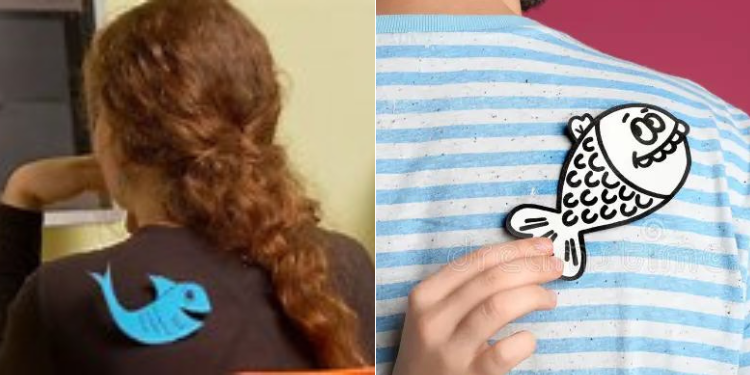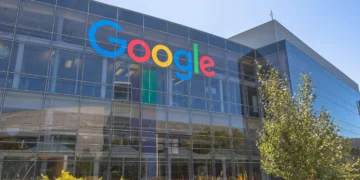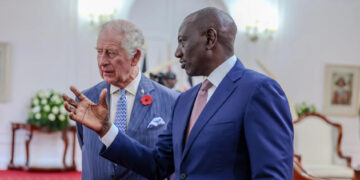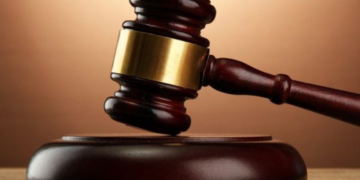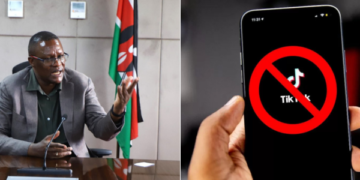Each year, April 1 marks the global celebration of April Fools’ Day. It’s a day devoted to boundless laughter, playful jests, and spreading joy as people engage in harmless pranks with their loved ones.
It’s a day eagerly awaited by pranksters who delight in devising fresh schemes to surprise their unsuspecting friends and family.
On this occasion, people come up with hilarious ideas to surprise their loved ones or friends and then reveal in the end that it was all fake, mainly said or done to mark the occasion.
However, it’s essential to exercise caution and sensitivity when engaging in pranks, as not everyone appreciates being the target of a joke.
While the spirit of April Fools’ Day encourages joviality, it’s crucial to respect boundaries and avoid causing unintended discomfort or offense.
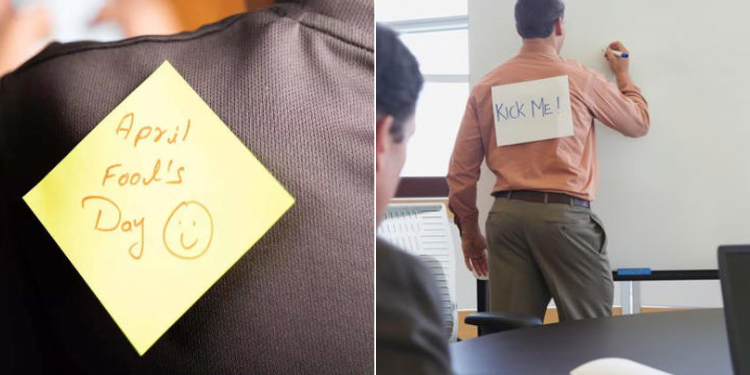
Origin and History of April Fools’ Day
Some historians speculate that April Fools’ Day dates to 1582, Pope Gregory XIII introduced the Gregorian Calendar moving away from the Julian calendar.
In the Julian Calendar, the new year began with the Spring equinox typically falling between late March and April 1.
People who were slow to get the news or failed to recognize that the start of the new year had moved to January 1 and continued to celebrate it during the last week of March through April 1 became the subject of jokes and hoaxes and were called “April fools.”
These pranks often involved placing paper fish on their backs and dubbing them “poisson d’avril” (April fish), a symbol likened to a small, easily caught fish, representing a gullible individual.
Ancient traditions from both Roman and Indian cultures contribute to the origins of April Fools’ Day.
In ancient Rome, festivals like Hilaria featured disguises and mockery, resembling the spirit of modern-day pranks.
Also Read: How Eggs Become Part of Easter Holiday Traditions
Similarly, India’s Holi celebration, occurring around the same time, emphasizes playful banter, jokes, and the vibrant splash of colors.
Additionally, Flemish poet Eduard de Dene’s 1561 poem illustrates another aspect of the day’s origins.
It portrays a nobleman sending his servant on foolish errands on April 1st, further solidifying the association of the day with jests and pranks.
Celebration of April Fool’s Day
April Fools’ Day reminds us to not take ourselves too seriously and to embrace the lighter side of life. It offers a much-needed break from the monotony of routine life and an opportunity to indulge in some fun.
People are advised to keep the pranks harmless since the occasion is all about having fun and sharing great moments.
It’s also important not to spread misinformation disguised as pranks, as it can spoil the occasion.
Also Read: Easter or Christmas, which is More Important? – Pastor Explains
April Fools’ Day provides a welcome break from the monotony of daily life, providing an opportunity to engage in harmless fun and laughter with friends and loved ones.
In today’s digital age, social media platforms significantly contribute to spreading jokes and hoaxes, adding a new dimension to the festivities.
As the Fools’ Day rolls around each year, it prompts reflection on its rich history, significance, and the timeless joy of sharing laughter and merriment with others, making it a cherished and enduring tradition.
